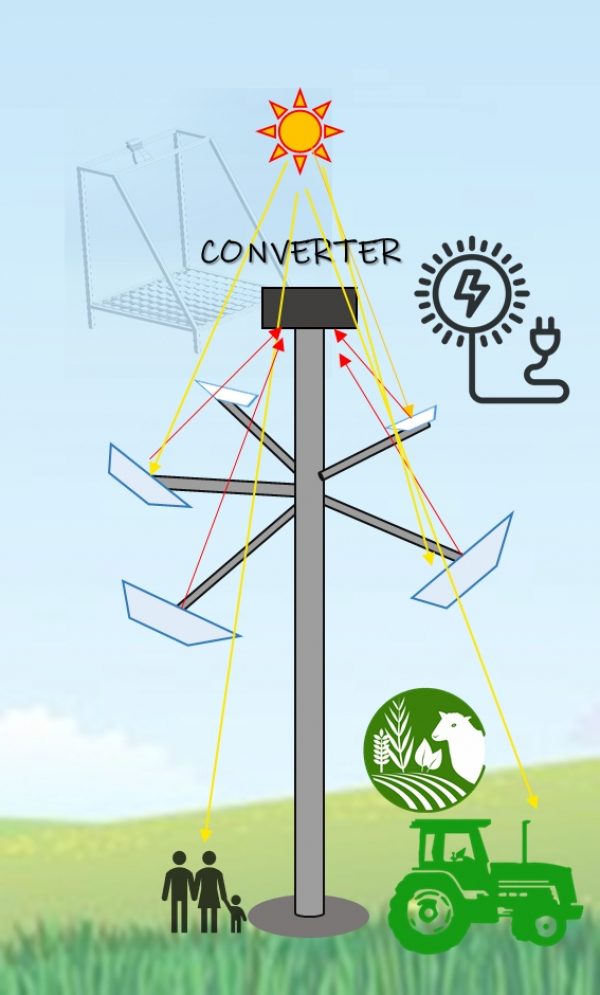In Deliverable 2.1 we present the preliminary market analysis of TECSAS technology and bring together information collected from the literature and the result of interactions with some of the key stakeholders in the sector. We reported a list of application scenarios, with information about the relative market to assess the potential business opportunity, and a list of the requirements identified, with some considerations. This information has been retrieved not only by analyzing the existing literature, but even interacting with different stakeholders identified. The report of the interaction allowed to identify the future roadmap for TECSAS.
We identified different application fields in which domestic scale energy harvesting systems provided by TECSAS can be used:
• Energy Communities: The decentralized energy production is a factor that can foster the emergence and development of independent energy communities. These communities are groups of consumers who implement decentralised and renewable-based energy projects, becoming active players in energy production (prosumers). The typical scale for energy communities is a system producing 45-50 kWp (peak power), able to sustain about 50 families
• Parking roof (carport): today a parking space standard size is about 10 square meters, which allows the installation of a PV carport that generates about 1.7 kWp on its own. With the same occupation area TECSAS is expected to produce over 3 kWp (with about 10 kWh/day).
• Rooftop: TECSAS will allow to drastically reduce the PV occupancy considering the same produced power (e.g., 3 kW peak power).
• Industrial hall: similarly, the roof of the industrial hall offers an excellent opportunity for energy harvesting systems, as they are often unused space. The energy produced allows the company to make direct savings in terms of energy purchased from the grid.
• Smart farming: Greenhouses have a large demand for electricity, heating and cooling. Today this is obtained through connection to the grid (when available), or burners (gas or diesel). However, this is expensive and has a low sustainability. TECSAS can represent the most adequate solution.
Summary of Deliverable 2.1: Market Requirements Document
11 Ottobre 2021
Publications
In Deliverable 2.1 we present the preliminary market analysis of TECSAS technology and bring together information collected from the literature and the result of interactions with some of the key stakeholders in the sector.
© Copyright 2021 - TECSAS Project


